I've always loved both adobo and anything with gata (coconut milk), so imagine my excitement when I first discovered I could combine these two favorites.
This Adobo sa Gata recipe has become my ultimate comfort food and a regular lunch star at our family table. Every time I cook this dish, the way the creamy coconut milk mingles with the classic tangy-savory adobo sauce brings back memories of my visit in Bicol, where coconut milk makes everything more special.
Once you try this version of adobo, you'll understand why it's become my go-to when I want to impress guests or simply treat my family to something extra special.
The secret of this recipe lies in how the coconut milk transforms our beloved adobo into something incredibly luxurious while keeping all the garlicky, vinegary goodness we Filipinos love. The pork becomes fork-tender as it slowly simmers, soaking up all those beautiful flavors, while the sauce turns into this rich, creamy gravy that's absolutely perfect for drizzling over hot rice.
This recipe is surprisingly easy to master - and I promise, it will become one of your favorite versions of adobo, too!
Jump to:
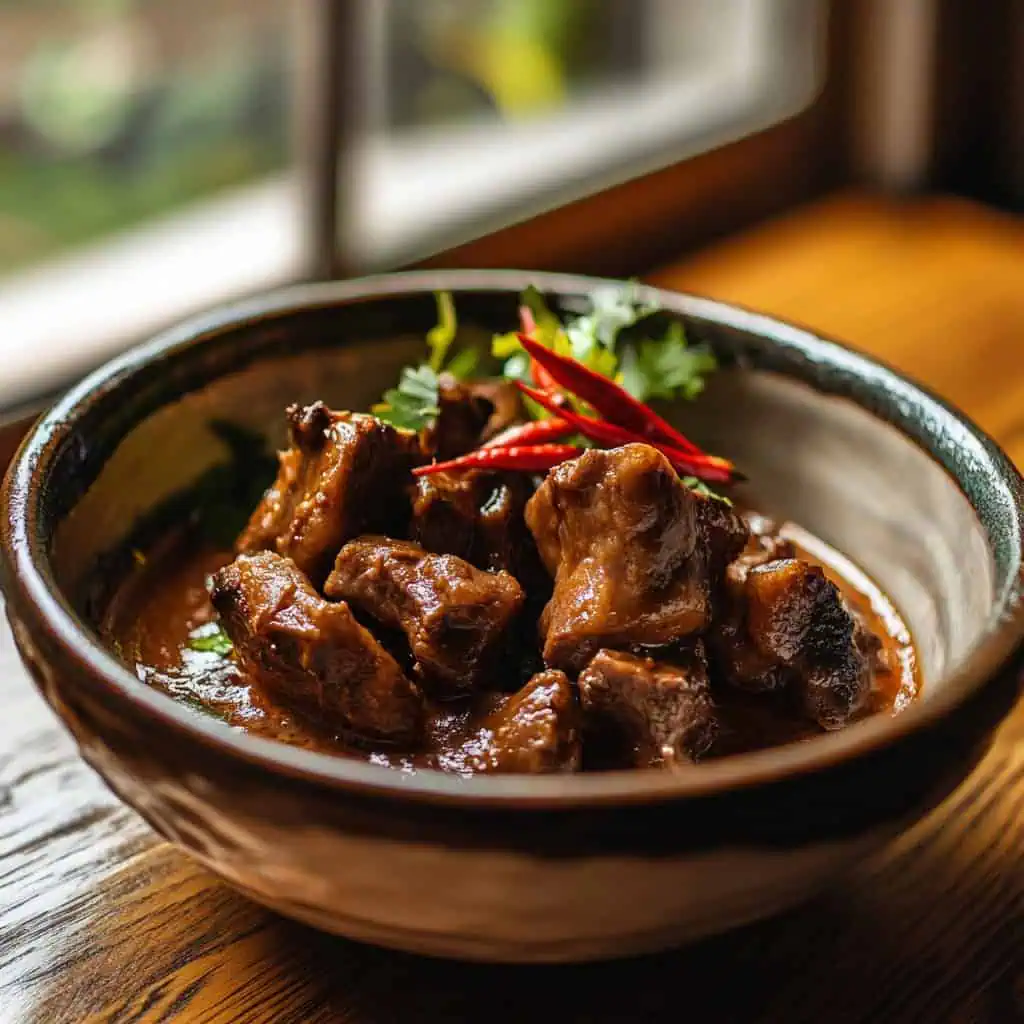
Why You'll Love This Recipe
- Creamy Comfort: The addition of coconut milk (gata) transforms traditional adobo into a rich, velvety dish
- Perfect Balance: The tang of vinegar and soy sauce perfectly complements the coconut milk's sweetness
- Make-Ahead Friendly: Flavors deepen overnight, making it perfect for meal prep
- One-Pot Wonder: Everything cooks in a single pot for easy cleanup
- Family Favorite: A unique twist that even picky eaters will enjoy
Ingredients
Each ingredient in Adobo sa Gata plays an essential role in creating its signature flavor profile. Pork shoulder provides the perfect balance of meat and fat, ensuring fork-tender results. Vinegar and soy sauce create the classic adobo base, while garlic, onions, peppercorns and bay leaves add aromatic depth.
The star addition, coconut milk, transforms the dish with its creamy richness, mellowing the acidity while adding subtle sweetness. Thai chilies introduce a gentle heat that cuts through the richness, creating a perfectly balanced dish that's tangy, savory, creamy, and mildly spicy all at once.
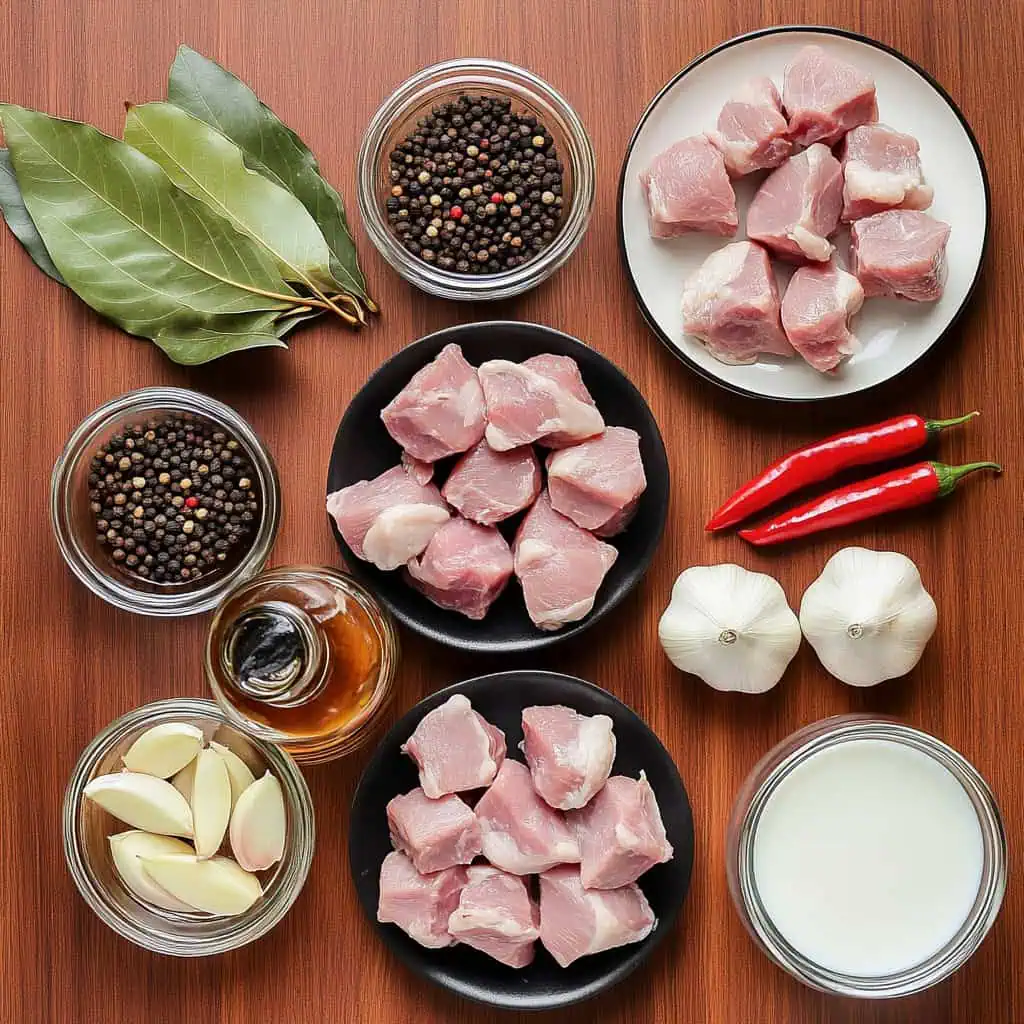
For the Meat and Marinade:
- 3 pounds pork shoulder or belly, cut into 2-inch cubes
- 1 whole head garlic, minced
- 1 large onion, thinly sliced
- ½ teaspoon whole peppercorns
- 2 bay leaves
- ½ cup white vinegar
- ¼ cup soy sauce
- 1 cup water
For the Coconut Sauce:
- 1 cup thick coconut milk
- 2-3 Thai chili peppers, chopped
- 1 tablespoon cooking oil
- Salt to taste
Equipment
- Large heavy-bottom pot or Dutch oven: Essential for even heat distribution, preventing burning, and allowing proper simmering of the pork and sauce.
- Sharp knife: Needed for cutting the pork into uniform 2-inch cubes, ensuring even cooking.
- Wooden spoon: Prevents scratching your pot while allowing you to stir the adobo gently without breaking up the meat.
- Measuring cups and spoons: For accurate measurements of ingredients, especially important for balancing the vinegar and soy sauce.
- Fine-mesh strainer: Used for skimming impurities that rise to the surface during the initial boiling process.
- Garlic press (optional): Makes mincing a whole head of garlic quicker and easier.
- Medium bowl: For setting aside the cooked meat and reserved liquid.
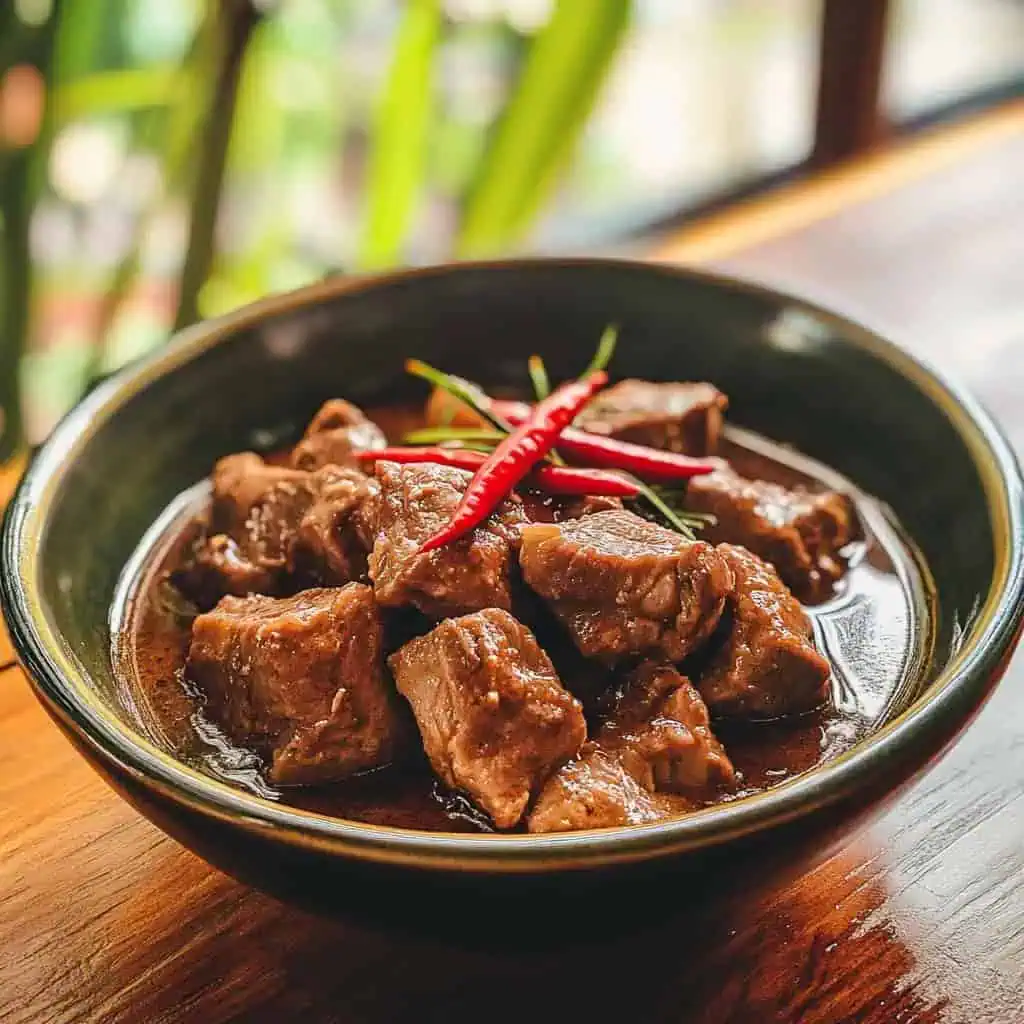
How To make
- Prepare all ingredients: cut pork into 2-inch cubes, peel and mince the garlic, and slice onions thinly.
- Combine pork, minced garlic, sliced onions, peppercorns, bay leaves, water, vinegar, and soy sauce in a large pot. Bring to a boil over medium-high heat and cook for 5 minutes. Skim off any scum that rises to the surface.
- Reduce heat to low, cover the pot, and simmer for about 30-40 minutes until the pork becomes tender. Once tender, drain the meat but reserve 1 cup of the cooking liquid along with the garlic, onions, and spices.
- Heat oil in the same pot over medium heat. Return the meat with the reserved garlic and onions. Brown the meat on all sides, about 5-7 minutes.
- Pour in the reserved cooking liquid. Add the coconut milk and chopped chili peppers. Stir gently to combine everything.
- Lower the heat, cover the pot, and continue cooking for about 15-20 minutes until the sauce thickens and becomes creamy. For a thicker sauce, remove the lid and allow it to reduce further. Season with salt to taste.
- Let the dish rest for 5 minutes before serving. Serve hot over steamed rice.

Tips from Lola's Kitchen
For perfect coconut milk integration:
- Never let your coconut milk reach a rolling boil as this causes separation
- Stir gently in one direction when adding coconut milk
- Use fresh, thick coconut milk when possible for the creamiest texture
- Add coconut milk at the end of cooking to prevent curdling
For maximum flavor development:
- If time permits, marinate the meat overnight in the vinegar, soy sauce, and aromatics
- Don't skip the browning step—it adds essential depth to the final dish
- Allow the dish to rest after cooking for flavors to settle and meld together
- The flavor improves the next day, making this perfect for advance preparation
For achieving perfect texture:
- Cut meat into uniform sizes to ensure even cooking
- Don't overcrowd the pan when browning the meat
- Simmer gently rather than boiling vigorously
- Keep the lid on during the final cooking stage for tender meat
Substitutions
- Protein options: Replace pork with bone-in chicken thighs (reduce cooking time to 25-30 minutes) or beef chuck (increase cooking time to 1.5-2 hours)
- Coconut milk alternatives: Use canned coconut milk (choose premium brands) or coconut cream diluted with a little water
- Heat adjustments: Substitute Thai chilies with long green chilies for moderate heat or bell peppers for a mild version
- Vinegar variations: Apple cider vinegar or cane vinegar can replace white vinegar for different flavor profiles
- Soy sauce options: Light soy sauce offers a cleaner taste; coconut aminos provide a gluten-free alternative
Troubleshooting
Sauce is too thin:
- Remove lid and simmer until reduced to desired consistency
- If needed, mix 1 teaspoon cornstarch with 2 teaspoons cold water and stir into the sauce
Meat is tough:
- Continue simmering on low heat until tender
- Check if heat was too high during cooking—lower heat and longer cooking time yield tenderer meat
Coconut milk separated:
- Lower heat immediately
- Gently stir to re-emulsify the sauce
- Next time, maintain lower temperature and avoid vigorous boiling
Sauce too acidic:
- Add ½ teaspoon sugar to balance the acidity
- Add more coconut milk to mellow the tartness
Storage & Reheating
Refrigeration:
- Store in an airtight container for 3-4 days
- The flavor actually improves after a day in the refrigerator
Freezing:
- Freezes well for up to 2 months in airtight containers
- Note that the sauce may separate slightly when thawed
Reheating:
- Stovetop (preferred): Reheat over low heat with occasional gentle stirring
- Microwave: Use 50% power, stirring every minute to prevent hot spots
- Add a splash of coconut milk when reheating if the sauce has thickened too much
- Bring to serving temperature slowly to prevent coconut milk from separating

FAQ
Can I make this ahead for a party?
Yes! This dish actually tastes better the next day as the flavors have time to develop. Reheat gently before serving.
Why did my coconut milk curdle?
High heat causes curdling. Always keep the temperature low after adding coconut milk and stir gently. If it does curdle, lower the heat immediately and try to gently stir it back together.
Can I use lean pork instead of shoulder or belly?
Yes, but the cooking time may need adjustment, and you'll need to watch moisture levels closely as lean cuts can dry out. The dish is traditionally made with fattier cuts because they become more tender and flavorful during the long cooking process.
How spicy is this dish?
With 2-3 Thai chilies, it has a moderate heat level that complements the creamy sauce without overwhelming it. Adjust the number of chilies to suit your preference.
Can I freeze leftovers?
Yes, although the texture of the sauce may change slightly upon thawing. Reheat gently, stirring occasionally, and add a splash of fresh coconut milk if needed to restore the creamy consistency.
What's the difference between regular adobo and adobo sa gata?
Regular adobo has a thin, intensely flavored sauce from the reduction of vinegar, soy sauce, and meat juices. Adobo sa gata adds coconut milk for a creamier, richer sauce with subtle sweetness that balances the tanginess.
Can I use other proteins instead of pork?
Absolutely! Chicken is the most common alternative, but beef, lamb, or even firm white fish can work well. Adjust cooking times accordingly.
Is this dish authentically Filipino?
Yes! It combines traditional Filipino adobo with the coconut-rich cooking style of the Bicol region, representing the wonderful diversity of Filipino regional cuisine.
Related
Looking for other recipes like this? Try these:
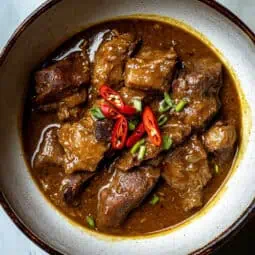
Adobo sa Gata (Pork Adobo in Coconut Milk)
Equipment
- Large heavy-bottom pot or Dutch oven (kaldero) For even heat distribution and preventing burning
- Sharp knife (kutsilyo) For cutting meat into uniform pieces
- Wooden spoon (sandok na kahoy) To avoid scratching your pot and for proper stirring
- Measuring cups and spoons (Panukat) For accurate measurements
- Fine-mesh strainer (salaan) For skimming impurities
- Garlic press (optional) For mincing garlic easily
Ingredients
For the Meat and Marinade:
- 3 pounds pork shoulder Kasim or belly (Liempo), cut into 2-inch cubes
- 1 whole head garlic Bawang, minced
- 1 large onion Sibuyas, thinly sliced
- ½ teaspoon whole peppercorns Paminta
- 2 bay leaves Dahon ng Laurel
- ½ cup white vinegar Suka
- ¼ cup soy sauce Toyo
- 1 cup water Tubig
For the Coconut Sauce:
- 1 cup thick coconut milk Kakang Gata
- 2-3 Thai chili peppers Siling Labuyo, chopped
- 1 tablespoon cooking oil
- Salt Asin to taste
Instructions
- First prepare all your ingredients: cut pork into 2-inch cubes, peel and mince the garlic, and slice your onions thinly.
- Put your pork, minced garlic, sliced onions, peppercorns, bay leaves, water, vinegar, and soy sauce in a large pot. Bring everything to a boil over medium-high heat and cook for 5 minutes. As it boils, remove any scum that floats to the top using a spoon.
- Turn down the heat to low, cover the pot, and let everything simmer for about 30-40 minutes until the pork becomes tender. Once tender, drain the meat but save 1 cup of the liquid and keep all the garlic, onions, and spices.
- Heat oil in the same pot over medium heat. Put the meat back in with the saved garlic and onions. Cook until the meat turns lightly brown on all sides, about 5-7 minutes.
- Pour in your saved cooking liquid. Add the coconut milk and chopped chili peppers. Gently stir everything together.
- Lower the heat, cover the pot, and continue cooking for about 15-20 minutes until your sauce becomes thick and creamy. If you want the sauce thicker, just remove the lid and let it cook a bit longer. Add salt to taste.
- Let it rest for 5 minutes before serving. Your Adobo sa Gata is best served hot over steamed rice.
- A helpful tip: Don't let the coconut milk boil too hard or it might separate. Keep the heat low and stir gently once in a while.
Tips from Lola's Kitchen
- Para hindi kumulo ang gata (To prevent coconut milk from curdling):
- Never let it reach a rolling boil
- Stir gently in one direction
- Use fresh, thick coconut milk when possible
- Para sa mas malinamnam na lasa (For more flavorful meat):
- Marinate meat overnight if time permits
- Don't skip the browning step
- Para sa tamang texture (For perfect texture):
- Cut meat in uniform sizes
- Don't overcrowd the pan when browning
Nutrition
The Story Behind Filipino Adobo sa Gata
The origins of Adobo sa Gata beautifully demonstrate the evolution of Filipino cuisine, particularly how regional cooking styles can transform our most beloved dishes. While traditional adobo is known nationwide as a dish of meat stewed in vinegar and soy sauce, this creamy coconut milk version showcases the ingenious fusion of classic adobo with Bicol region's love for gata (coconut milk). The Bicol region, famous for its coconut plantations and spicy cuisine, has long been known for incorporating coconut milk into many traditional Filipino dishes, creating richer, more indulgent versions of national favorites.
This marriage of traditional adobo with coconut milk likely emerged from the Bicolano practice of using gata in everyday cooking, where fresh coconuts are readily available and commonly used. The addition of coconut milk to adobo creates a unique flavor profile that combines the tangy, savory notes of classic adobo with the rich, creamy sweetness of coconut milk. The dish also often includes siling labuyo (bird's eye chilies), another Bicolano culinary signature, adding a spicy kick that perfectly complements the creamy sauce.
In many Filipino households today, Adobo sa Gata represents the wonderful adaptability of our cuisine. It shows how one region's cooking style can enhance a national dish while maintaining its essential character. The dish has gained popularity beyond Bicol, becoming a favorite variation in Filipino homes and restaurants across the country. Some families even consider it their secret recipe, adding their own twists like using native chicken (adobong manok sa gata) or mixing in local vegetables.
What makes Adobo sa Gata particularly special is how it embodies the Filipino talent for fusion cooking. The dish perfectly balances Chinese-influenced soy sauce, Spanish-inspired vinegar braising techniques, native Filipino spices and chilies, and the distinctly Southeast Asian use of coconut milk. This combination doesn't just create a delicious meal; it tells the story of Filipino culinary heritage through its ingredients and preparation methods, making it more than just a variant of adobo – it's a testament to the rich diversity of Philippine regional cooking.
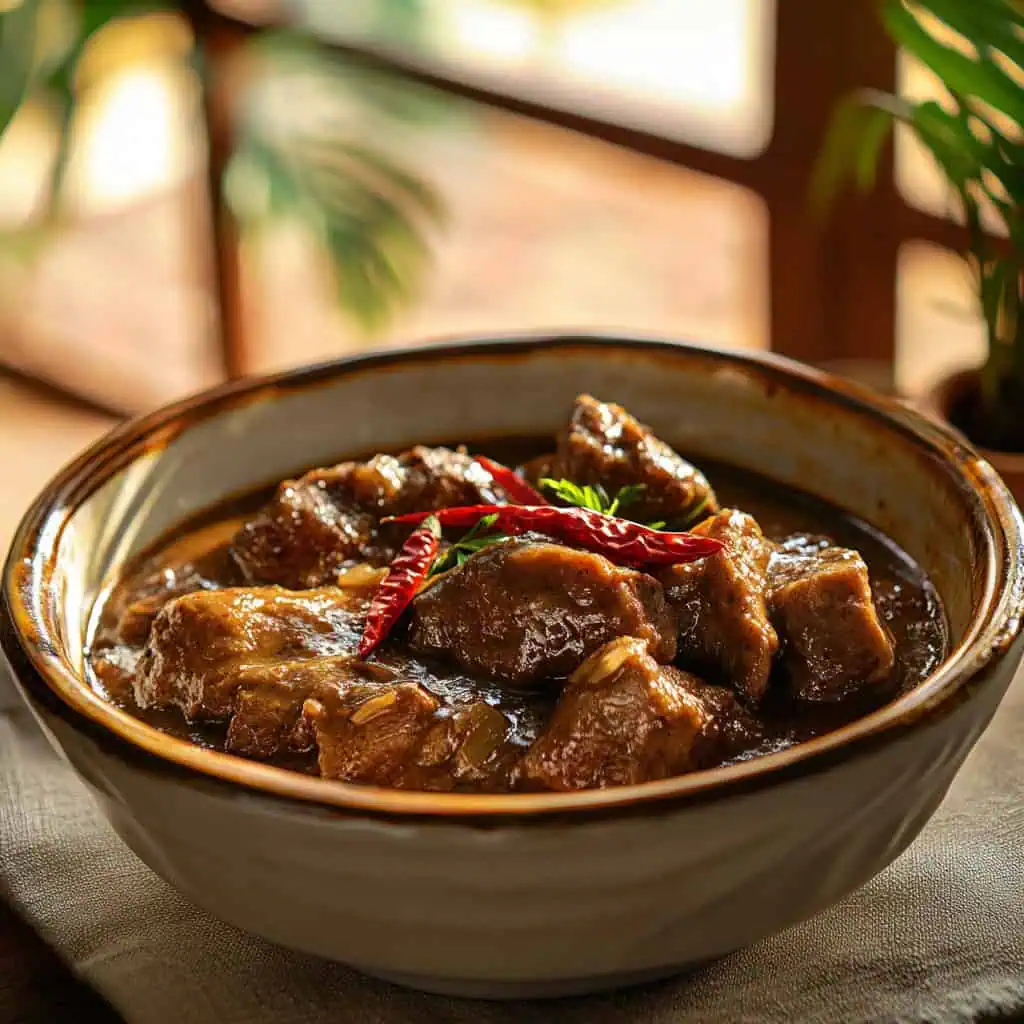

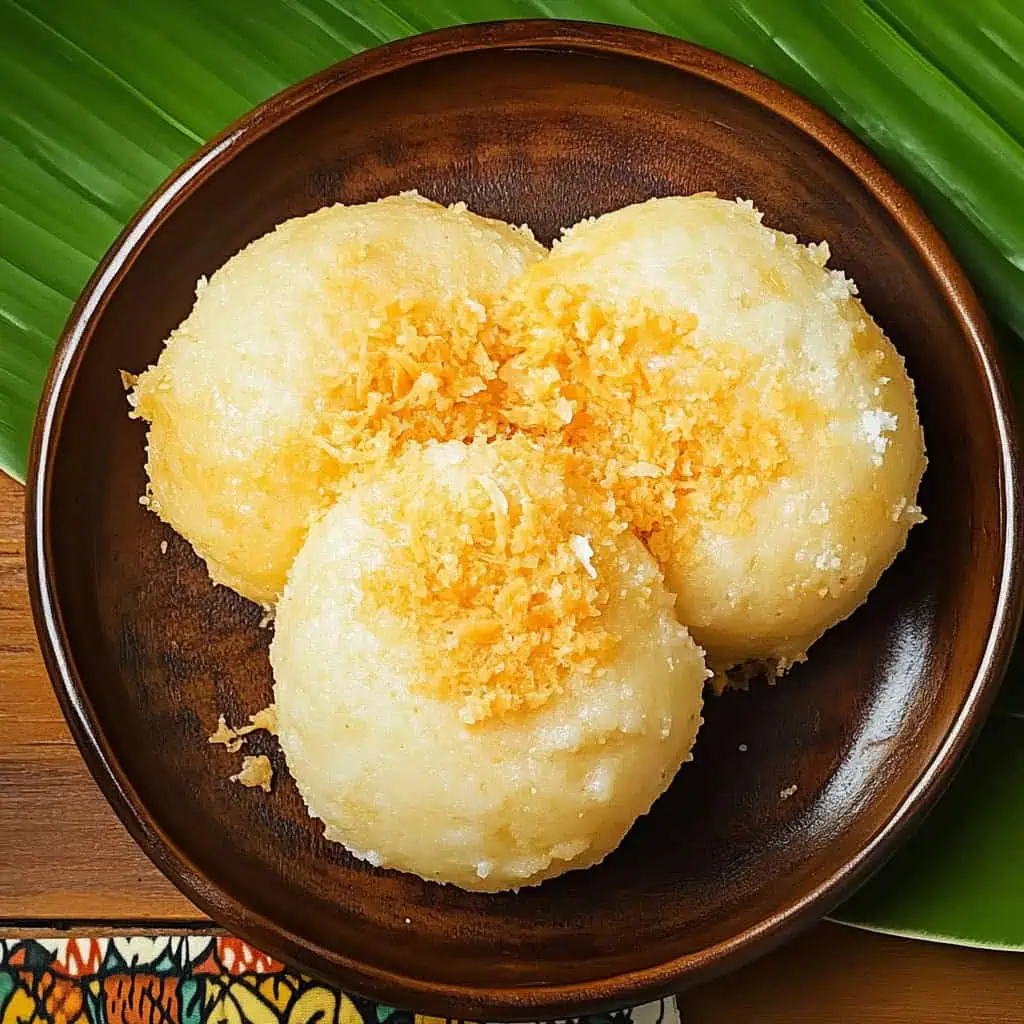
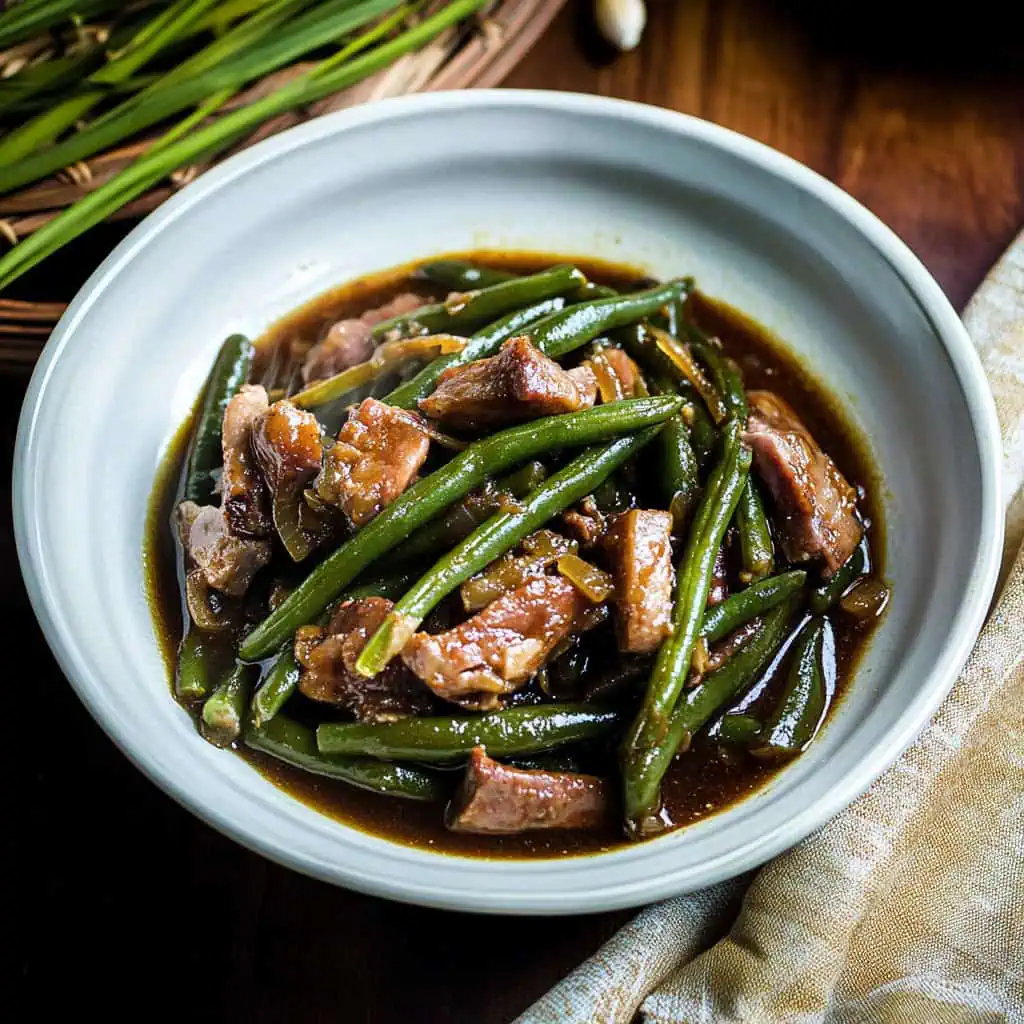

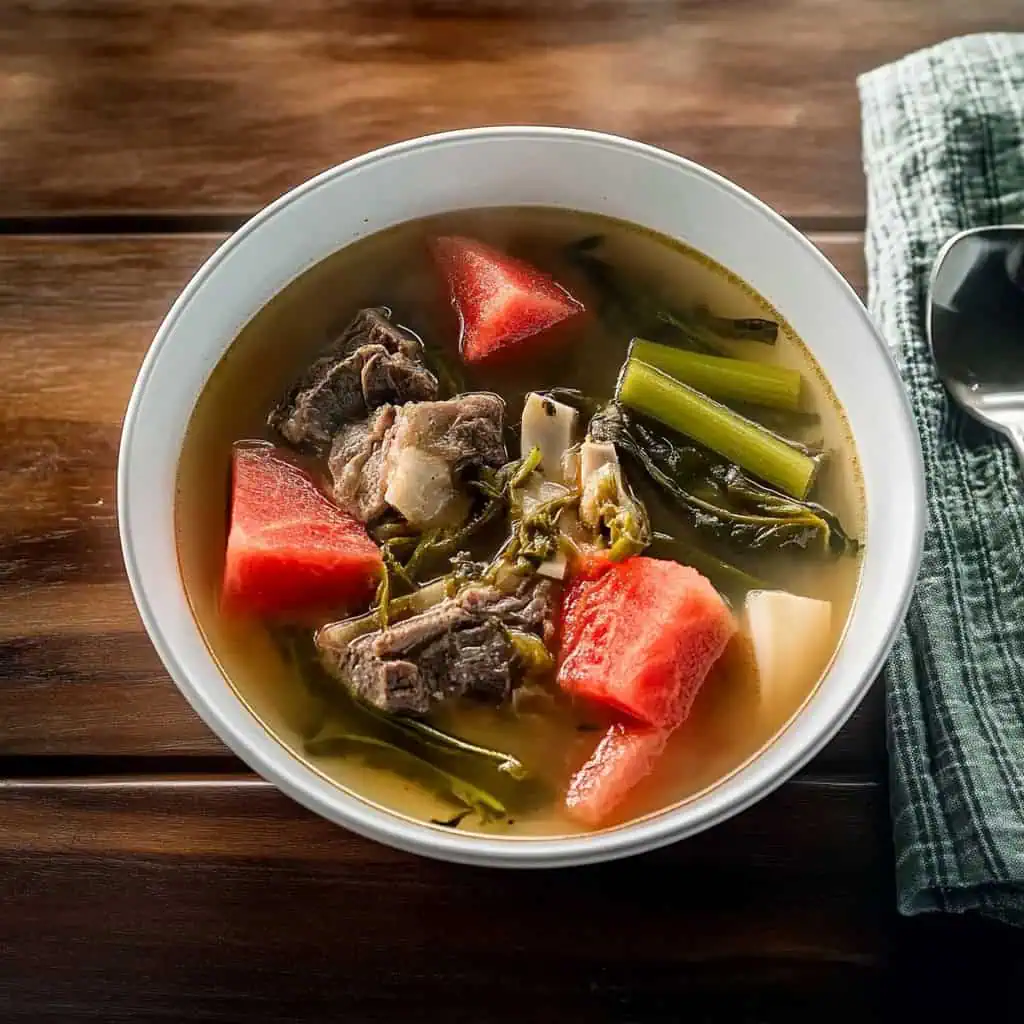

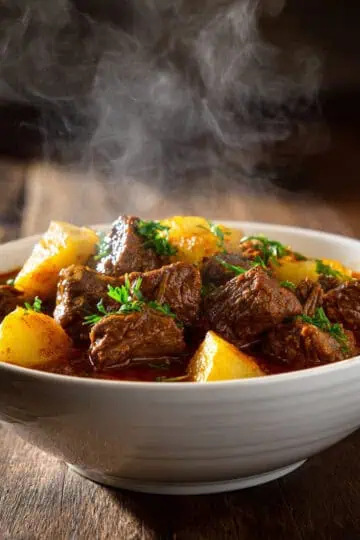


Comments
No Comments